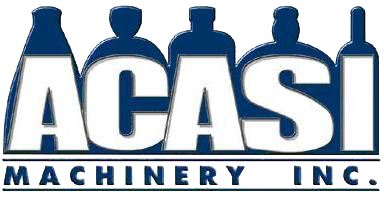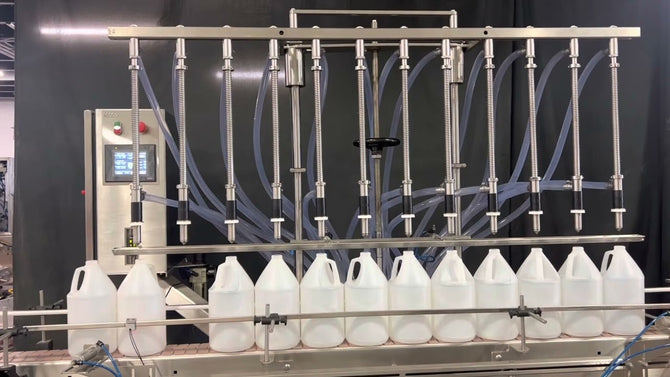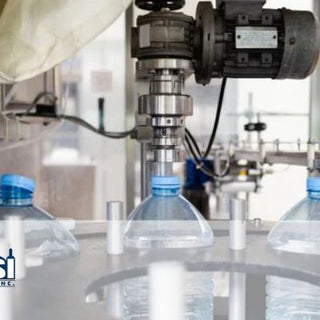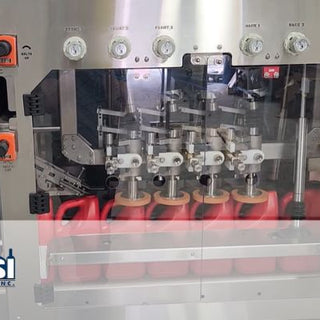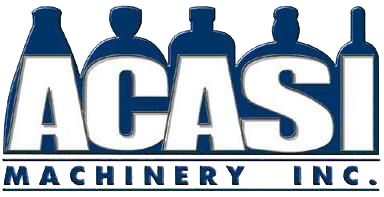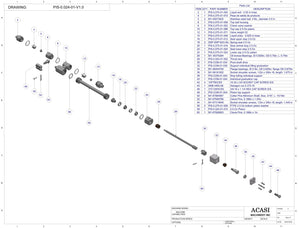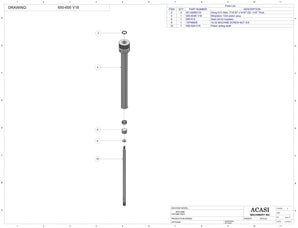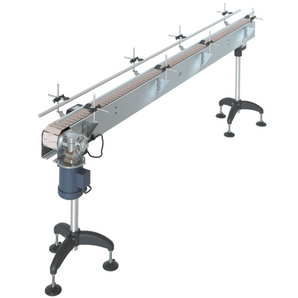
To answer the question of how to cap a bottle I would need some basic information like, what type of cap, type of bottle, speed requirements, torque requirements, sterilization, among others. So I’ll try to simplify it as much as possible with what I estimate will cover 95% of the capping done in the world.
Capping plastic threaded caps onto either plastic, glass or metal:
There are thousands of bottle and caps designs out there but the principal for this capping is the same, you have to somehow place the cap on the bottle and screw it in with enough torque so you seal it and/or snap the safety ring on the bottle, so how do you do this, well depends among other things how many you want to do and at what speed, so I will break it down into industry categories:
Capping 100 bottles or less per 8 hour day
Solution: At this stage normally you would just do it by hand, no need for machinery
Capping 1000 bottles or less per 8 hour day
Solution: At this point it’s convenient to use a hand held capper that will be priced between $300 to $1000, it’s a good way to start and eliminates the tedious un-reliable capping by hand. With these simple machines you can achieve good torque and placing the cap manually is not an issue for the operator unlike torquing by hand which can cause blisters, wrist problems, among other things.
Capping from 1000 to 25,000 bottles or less per 8 hour day
Solution: If you have a single bottle that you need to do large production runs, for a few days then it makes economic sense to invest on an automatic capper that will place the caps and torque them automatically. For that solution there are 2 primary technologies, inline capping or chuck capping. Here you can look at an article to guide you a little better on common capping problems.
On the other hand if you are producing a total of 10,000 bottles but you are doing many changes, of bottles and caps and only run a 1,000 or so per type it would probably be better to invest in a cap tightener - retorquer. The investment for this machine is a lot less and changeover from one bottle to another takes less than 10 minutes
Capping up to 60,000 bottles per 8 hour day
Solution: When you are capping more than 50 bottles per minute and up to 120 bottles per minute you need to look at an inline capping machine or a multihead chuck capper. The advantage of the inline capper is cost and flexibility versus the chuck capper that will give you better torque control and less cross-threaded or miss-capped bottles at a higher price requiring also expensive changeparts.
Capping more than 60,000 bottles per 8 hour day
Solution: At this speed the best solution is a multihead chuck capper unless you are doing several types of bottles then it might be convenient to have several bottling lines. These machines are great but are very expensive and each bottle requires changeparts like star wheels, infeed screws, etc..
High end rotary chuck cappers average 2000 bottles per hour per head, so if you need to do 120 bottles per minute = 7200 bottles per hour / 2000 = 3.6 heads. So you would need at least 4 capping heads, this is only a starting point and each project is different. If your container is large (gallons or so) or difficult to handle you may want to buy a machine with more
In the plastic cap area you also have among others:
- Trigger sprays
- pump sprays
- Droppers
- Measuring caps
- Specialty caps
Automating the capping process of these type of capping systems normally requires large investments because handling them requires complex part handling as well as a very elaborate system for correct placement. Most small to medium bottlers and copackers hand place these type of caps and have inline tighteners that can torque the bottles eliminating the tediuos and tiring hand torquing process.
Trigger sprayers, pump sprayers, droppers and measuring cups are more common and a lot of technolgy is already developed so there are machines and designs out-there. Certain custom caps and diificult application will require specilized sorting systems and robotics to handle them and those machines tend to be very expensive and not very reliable because of the lack of previous experience - testing.
